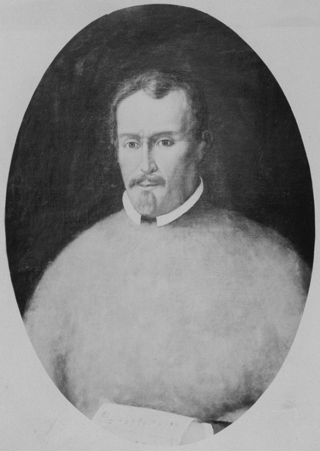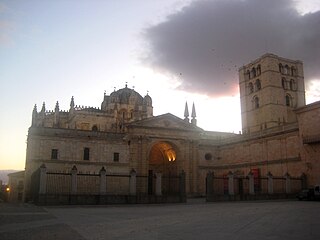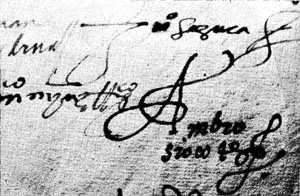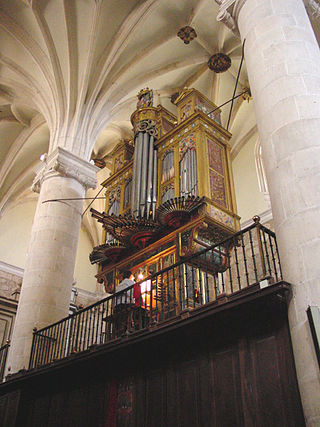Related Research Articles

Francisco Guerrero was a Spanish Catholic priest and composer of the Renaissance. He was born and died in Seville.
Francisco de Peñalosa was a Spanish composer of the middle Renaissance.
Hernando Franco was a Spanish composer of the Renaissance, who was mainly active in Guatemala and Mexico.
Manuel de Zumaya or Manuel de Sumaya was perhaps the most famous Mexican composer of the colonial period in New Spain. His music represented the pinnacle of the Baroque in the New World. He holds the distinction of being the first person in the Western Hemisphere to compose an Italian-texted opera, entitled Partenope. Similar to Antonio Vivaldi, Zumaya was also a lifelong, active Roman Catholic priest.

Ciudad Rodrigo is a small cathedral city in the province of Salamanca, in western Spain, with a population in 2016 of 12,896. It is also the seat of a judicial district.

Joaquín Rodrigo Vidre, 1st Marquess of the Gardens of Aranjuez, was a Spanish composer and a virtuoso pianist. He is best known for composing the Concierto de Aranjuez, a cornerstone of the classical guitar repertoire.

Juan Bautista Comes, aka per Valencian spelling Joan Baptista Comes, was a Spanish Baroque composer who was born and died in Valencia.

Juan [de] Esquivel Barahona was the most prominent of the last generation of Spanish church composers of the Renaissance era. Although he never served in one of the major Spanish cathedrals, his music was known throughout Spain during the early seventeenth century.
Rodrigo de Ceballos was a Spanish composer.

Juan García de Salazar was a Spanish baroque composer best remembered for his choral works in the stile antico, though a few Spanish works in a more modern style have also survived.
Urbán de Vargas (1606–1656) was a Spanish baroque composer.

Ambrosio Cotes was a Spanish Renaissance composer.
The Flemish chapel was one of two choirs employed by Philip II of Spain, the other being the Spanish chapel. Deriving from the Grand Chapelle of Philip I of Castile, the choir served under various forms until the reign of Charles II of Spain.
Juan Navarro of Seville, hence the epithet Hispalensis, Marchena c. 1530 – Palencia 25 September 1580) was a Spanish composer. He is not related to the Mexican composer Juan Navarro Gaditanus,.

Gabriel Díaz Bessón was a Spanish composer.
Bernardino de Figueroa was a Spanish composer, afterwards Archbishop of Brindisi in Italy.
Ginés de Boluda was a Spanish church musician and composer.
Roque Ceruti was an Italian composer in Peru. He was recruited as conductor of the Viceroy of Peru's private orchestra, and was a dominant italianizing influence during the period, though this was resented by some of the more traditional Spanish musicians.

Iglesia de San Nicolás de Bari is a Catholic church on Fernán González street in Burgos, Spain, located next to the Camino de Santiago, behind the Cathedral of Burgos. It is mainly known for having one of the largest altarpieces in Spain and the only one carved in limestone.
References
- ↑ Hans Federico Neuman Introducción a la música española del Renacimiento p. 46
- ↑ Rafael Mitjana
- ↑ "Rodrigo de Ceballos". Diccionario biográfico español (in Spanish). Retrieved 25 March 2024.